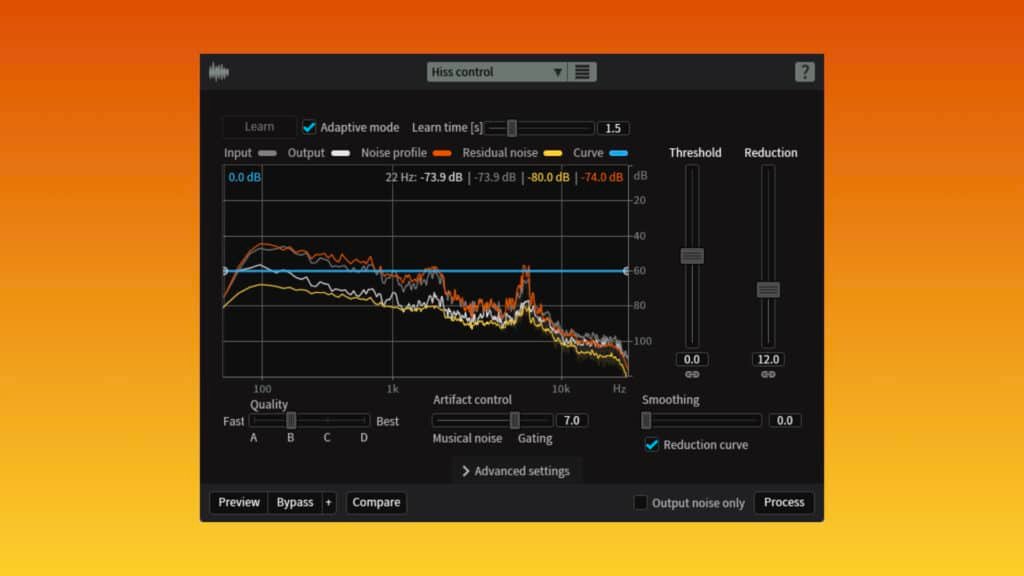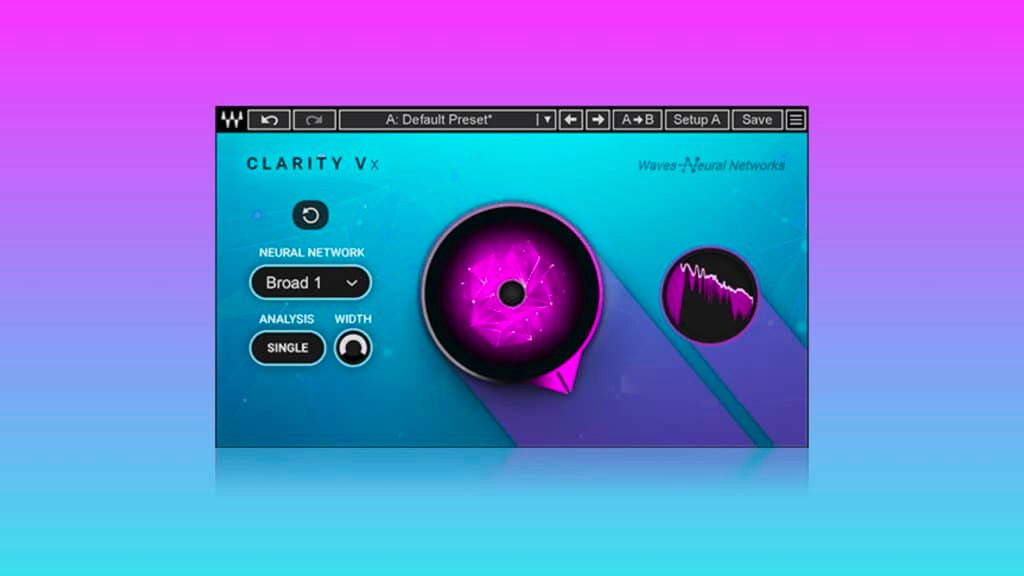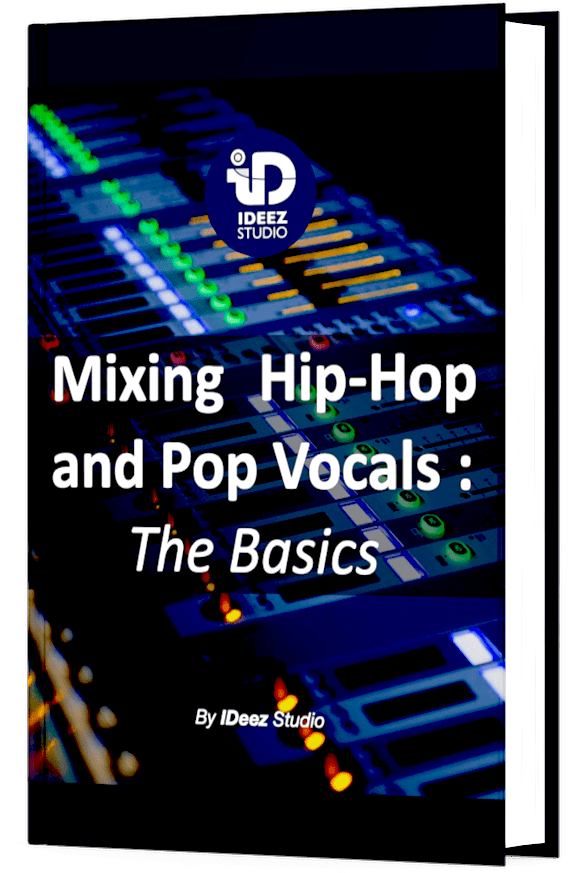Noise gate and noise reduction are both tools to get rid of unwanted and unpleasant background noise. But what is the difference between the two? And how can each of them be used to good effect? I give you all the answers in this article!

Although the final goal of noise gate and noise reduction is very similar, the difference between the two tools lies in the algorithm through which they process the noise. Noise gate uses the volume parameter to operate. While noise reduction uses a more complex and intelligent algorithm that is able to distinguish between background noise and direct source.
Ok… I know, at the moment, it can seem quite vague. That’s okay. The difference between two tools that are so close can’t be explained in a single sentence, it requires going into more detail.
By the end of this article, you will know 100% the difference between a noise gate and a noise reduction!
Need a professional sound engineer specializing in pop and hip-hop mixing ? Great! Take a look at our services and let’s blow up your career together!
Let’s start now!
What is a noise gate?
A noise gate is a dynamic tool that cuts the volume of a sound signal as soon as it falls below a certain threshold level. This tool is usually used to get rid of ambient or background noise. It will often be very effective on drum kits (snare or kick), on vocals or on distorted electric guitars.

Most common parameters of a noise gate:
- Threshold level: This parameter determines the level below which the signal will be cut by the noise gate.
- Attack time: Determines the time it takes for the noise gate to open fully when the source goes above the threshold level.
- Release time: Determines the time it takes for the noise gate to cut the signal when it falls below the threshold level.
- Hold: A somewhat rarer parameter, this determines how long it will take for the noise gate to initiate the descent of the release.
- Range: Determines the maximum attenuation that the noise gate will reach. It is used to limit the extreme effects of this dynamic tool.

The important thing to keep in mind is that the noise gate does not completely get rid of unwanted background noise. In the sense that as soon as the source goes back above the threshold level, the background noise will also be present, since it is an integral part of the signal to be recorded or mixed.
A noise gate therefore uses only the input volume as the determining parameter for the dynamic processing to be applied.
And even if the background noise level is very low, it is the general level that the noise gate will take into account. Whatever the level of the unwanted noise is.
Using a noise gate requires precision, so you need to use the right plugins for the best results. One of them is particularly powerful:
FabFilter Pro-G

FabFilter Pro-G is probably the most complete and therefore the most accurate noise gate plugin on the market today. It has all the classic parameters of a noise gate but also a Hold, Knee and Lookahead knob that allow the user to go even further in the processing.
Pro-G also allows you to work on either stereo or mono (or somewhere in between) thanks to its high quality MS processing. This can be very handy and also opens a lot of doors creatively.
For the best results, you can also use the different modes available in the presets to specially process vocals, guitars, drums,… This plugin has all possible parameters to work with precision.
ℹ️ If you want to use a noise gate exclusively for vocals, then Pro-G might not be the best, I let you discover these plugins here: The 5 Best Noise Gate Plugins For Vocals (Any Budget)
What is noise reduction?
The noise reduction technology is able to separate the background noise from the direct signal to be recorded or mixed and allows the user to manage each level independently.
This is the main difference with the noise gate: its ability to dissociate source and background noise. What the noise gate is not able to do in this case, since it takes into account the general volume to initiate the dynamic processing.
Noise reduction technology is associated with the tool (or plugin) that can be called in different ways: noise remover, de-noiser or simply de-noise plugin.
The algorithm used for noise reduction is quite complex and therefore requires advanced tools, often expensive and CPU heavy.
De-noise plugins allow you to get rid of background noise even when the source you want to record is playing at the same time. This is logical since the noise reduction technology is able to separate the two signals.

It is generally preferable to use noise reduction when the level of background noise is too loud compared to the level of the direct source and is clearly noticeable by a normal listener.
As the principle of noise reduction requires a relatively advanced technology to work properly, it is imperative to choose the right plugins to do this kind of operation. Here are the best noise reduction plugins:
A. iZotope Spectral De-Noise

Spectral De-Noise is a tool included in RX10 from iZotope. It is one of the most effective plugins for getting rid of static background noise in a recording. Its operation is simple: Learn the background noise profile, then subtract it in real time from the recorded source.
Even if it is normally designed to subtract static noise (preamp buzz, outdoor environment, camera noise,…), it can also be set in Adaptive Mode to adapt to more dynamic noise. Note that this mode still consumes a lot of processing power.
Regarding the cleaning quality, there are 4 different signal processing modes, from A to D.
The closer you get to D, the more advanced the cleaning algorithm is and the better the quality of the recorded signal. This has the disadvantage of creating latency and consuming a lot of CPU.
Mode A will certainly be less efficient but will consume little processing power and will produce very little latency. It is therefore an ideal mode for real-time processing.
Thanks to its power, versatility and efficiency, Spectral De-Noise is clearly one of the most efficient noise reduction plugins on the audio market today.
B. Waves Clarity Vx

While Spectral De-Noise has clearly had a monopoly in this field for several years, Clarity Vx clearly challenges iZotope’s number one position. The new Waves plugin unfortunately only works with voices. But it does its job wonderfully.
If you are used to recording vocals in a slightly noisy environment and would like to use a simple and instinctive tool, then Clarity Vx is for you!
The technology used by Clarity Vx is super powerful and the artifacts produced by the plugin are very light. Even when set to 100% noise reduction. This is really impressive.
Moreover, this plugin from Waves is much cheaper than this competitor. For an audio quality that, honestly, is clearly worth more than its price. For recording vocals, this tool is almost unbeatable.
ℹ️ If you want to know more about this plugin before you buy it, I recommend you read this review first: Waves Clarity Vx : The Future Of De-Noise ?
This YouTube video from WhiteNoise Studio will allow you to hear the amazing efficiency of Clarity Vx:

Conclusion
Although the end goal of a noise gate and a noise remover (or de-noise) are very similar, the way they work is very different. One (noise gate) uses dynamic principles to clean up background noise. The other (noise remover) uses a more advanced technology to get rid of the background noise completely.
The noise reduction principle seems to be better, in every respect, than the noise gate principle. But keep in mind that no matter which noise remover is used, a lot of processing power will be used and slight artifacts will always be felt.
It’s up to you to judge which one is the most efficient in each situation and to compare the results with each tool!
If you have any questions about this topic or about anything in the field of music mixing, please contact me, I’m always very happy to help!
My favorite tools for mixing pop and hip-hop music:
Plugins
In the field of auto-tune, I’m convinced that nothing’s better and more efficient than Antares Auto-Tune Pro. As for the EQ’s, FabFilter Pro-Q3 and Slate Digital Infinity EQ are, in my opinion, the best tools. For compression, I have 2 favorites plugins: Waves RComp and UAD EL8 Distressor.
As for reverb, I’m a big fan of the Soundtoys Little Plate, but generally, I go for the Valhalla VintageVerb for its versatility. I also love the Arturia Rev PLATE-140 and the UAD Pure Plate for its organic side.
Headphones
The closed headphones I love and will always love using for mixing pop and hip-hop music are the Beyerdynamic DT-770. As for the best open-back headphones, I use the Sennheiser HD600 headphones, and I’m really happy of them!
Monitors
Having a pair of Yamaha HS7 in its studio or home studio is always cool for more excitement while listening to your mixes. The Adam Audio T7V monitors are also super accurate. In my studio, I also have a pair of Genelec 8030 for their reliability.
Hardware gear
For anyone who wants to start using hardware in their mixes, I always recommend these 2 units from Klark Teknik: the EQP-KT and the 76-KT. Don’t forget to use good converters, such as the Apollo interfaces. This is essential for a good rendering.
Related Articles:






